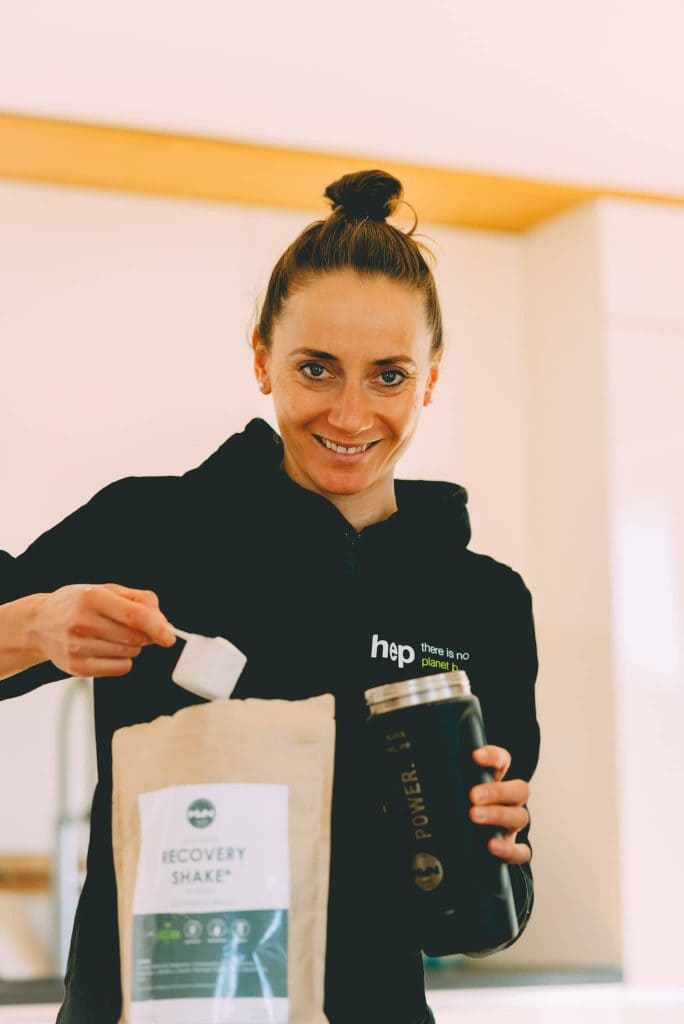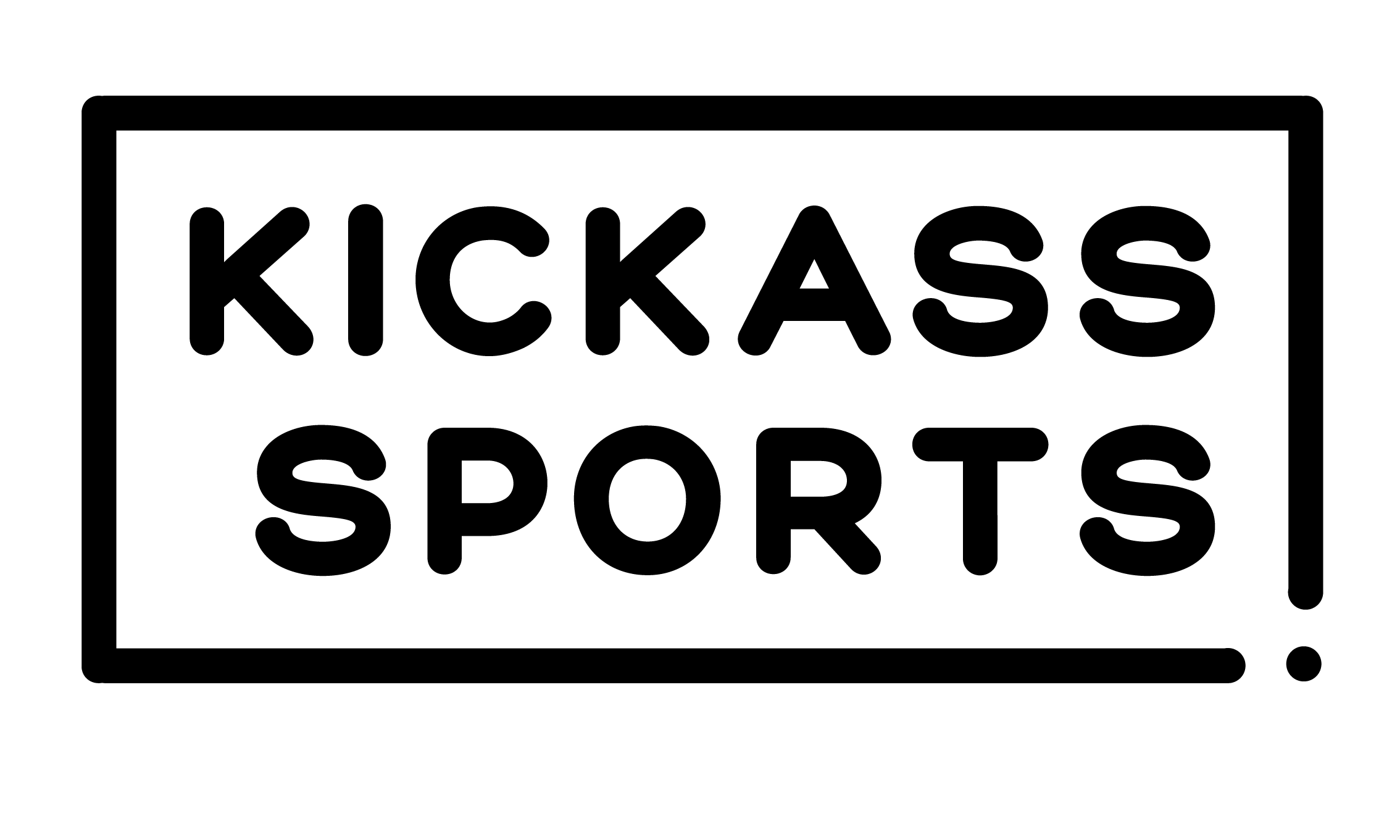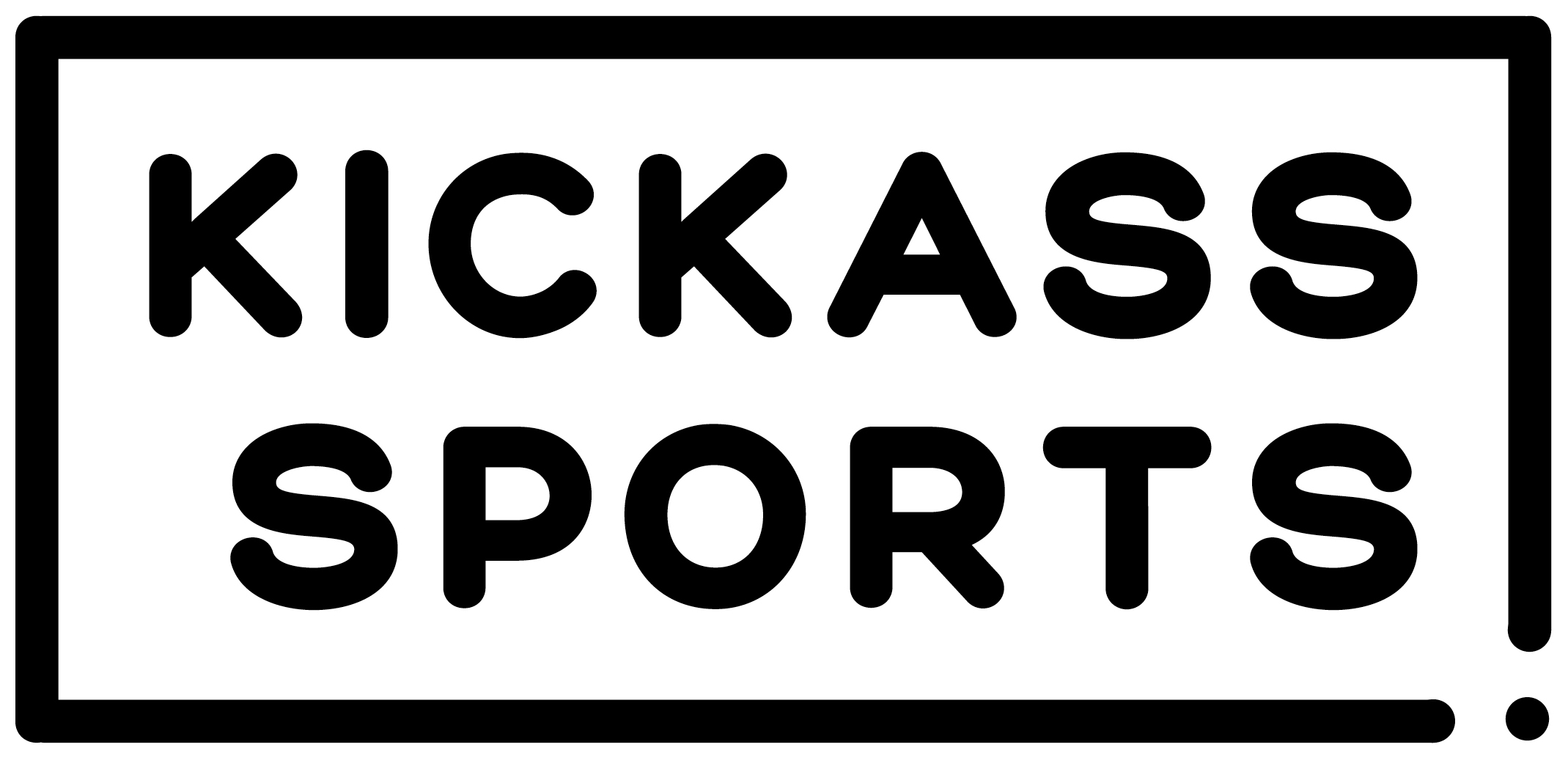Kickass Nutri
Carbo-Loading
KickAss Partner • 22. July 2021 • 7 Min.
It’s not uncommon to hear the saying: competition preparation begins the day before. This statement is no coincidence. Because the right nutrition on the days before the competition can prepare the body optimally for the upcoming load.
Probably the most popular method for this is the so-called carbo-loading – i.e. filling the glycogen stores. But where does this trend come from and how relevant is carbo-loading for triathletes?
Carbo-loading basics
The idea behind the process is called the supercompensation model. This is based on the following observation: After the glycogen stores are emptied and then refilled, higher amounts of glycogen can be stored than before the emptying. This is where the name SUPER-compensation comes from.
Due to the overfull glycogen stores, your body has a lot of glycogen – and thus energy – available for the upcoming triathlon after carbo-loading.
It has been shown in studies that this can increase the performance of activities over 90 minutes about 2-3%!
Whether it makes sense for triathletes to fill up their stores with carbo-loading depends on the distance. For the Olympic distance and of course for the long distance Carbo-Loading is recommended in any case.
The development of carbo-loading over time
Carbo-loading became known and popular around 1970 through legends like Ron Hill (European marathon champion). He announced at the time that he was boosting his performance through carbo-loading – and thus triggered a whole series of speculations and studies.
Since then, attempts have been made to optimize the process.
Originally, athletes* emptied their carbohydrate stores through strenuous training without any energy intake, followed by 2-3 days of low-carb dieting. Only then did they begin to add very high amounts of carbohydrates.
However, this method was accompanied by some side effects. Among other things, there was an increase in gastrointestinal and psychological problems.
For this reason, a “milder” method was introduced in the 1980s. Here, training was reduced about a week before the competition and carbohydrate intake was gradually increased. High concentrations of glycogen could also be achieved by this method, which is why further research was conducted.
Then, in the 1990s, voices were raised claiming that starting carbo-loading two days before the competition was also sufficient. This realization finally leads us to the current recommendations.

Current guidelines on carbo-loading for triathletes
From today’s perspective, it seems reasonable to move away from the original “hard-core” emptying of glycogen stores. Studies have shown that well-trained athletes respond significantly faster and better to glycogen depletion and replenishment than the “average population”.
For them, a shorter and milder loading protocol seems to be sufficient.
And here’s how to specifically proceed:
During the last hard workout before the competition, refrain from starting the workout with full glycogen stores.
If this is done in the morning, for example, choose a low-carbohydrate dinner the day before and a low-carbohydrate breakfast before the workout. Be careful not to confuse low-carb with no-carb!
For example, you could eat stuffed omelets and an egg for breakfast.
During your workout, consume a little less energy than you normally would. However, you should in no case completely renounce an energy supply!
For example, if you normally consume 70g of carbohydrates per hour, you could consume about 40g of carbohydrates during “emptying” training.
A well-suited carbohydrate source for this purpose would be, for example, the SLOW CARB from Ministry of Nutrition (approx. 35g in 500ml). The carbohydrates from the Slow Carb come from ISOMALTULOSE. Isolmaltulose is a mixture of glucose and fructose, which makes the blood sugar level rise less than pure sugar.
This allows you to complete your final workout without compromising the quality of your workout – and still achieve the desired reduction in glycogen stores.
After this workout, you can also start to fill the stores to the limit (and beyond).
To do this, it is best to eat a recovery snack immediately after the workout. Try to do this within an hour after the workout. During this time your body is particularly receptive to the nutrients supplied.
The MoN RECOVERY SHAKE would be a good choice for this. This offers an optimal combination of carbohydrates and proteins. The carbohydrates contained are immediately used to fill the glycogen stores and the proteins contained drive muscle regeneration.
This is how I fill my stores when carbo-loading
In the next 3-4 days before the triathlon, the training volume and intensity is usually reduced. This plays into the hands of filling the glycogen stores, because less energy is thus consumed.
In addition, carbohydrate intake must be increased to 5-8g/kg body weight. The day before the triathlon this amount should be increased again to 10g carbohydrates/kg body weight.
So a 70kg athlete would need to consume 700g of carbohydrates the day before the triathlon.
In addition, easily digestible, quickly available carbohydrates should be supplied. Pasta, potatoes, rice, polenta, oatmeal, bananas, raisins or dates are good choices.
It is also very helpful to have carbohydrate-rich drinks and/or bars, such as the PORRIDGE BAR. The PORRIDGE BAR consists of oats, apple pulp, blueberries/raisins and isomaltulose, among other ingredients, and provides a good, easily digestible source of carbohydrates.
Special sports nutrition products such as bars or carbohydrate drinks can be consumed well in between meals or, for example, when traveling, and in this way help to achieve the recommendations for carbohydrate intake.
Athletes who do not want to eat so much the day before the triathlon can also reverse the protocol. That is, about 3 days before the competition, 10g carbohydrates/kg body weight are consumed and in the following days up to the triathlon, 5-8g carbohydrates/kg body weight are consumed.
It has been shown that after filling the stores with 10g of carbohydrates per kg of body weight, the glycogen content remains high for several days.
The prerequisite for this is, of course, the reduction of the training volume and a carbohydrate-heavy diet.
The right carbohydrate intake in the hours before the start
Carbohydrate intake before the start is also very important. In this way, the glycogen stores are again prepared for the high load.
It has been repeatedly confirmed that the endurance performance of athletes can be significantly increased by consuming carbohydrates before the start.
Especially if the start is planned in the morning hours, carbohydrate intake in the preceding hours is of great importance. This is because the nightly “fasting period” means that liver glycogen is used to supply other organs such as the brain. As a result, the liver glycogen stores are emptied and must be replenished before the start.
Of course, care must be taken with how many carbohydrates are supplied during this time so that the digestive system is not overloaded.
There is a simple guideline for this:
- 4h before the start: 4g of carbohydrates per kilogram of body weight.
- 3h before the start: 3g carbohydrates per kilogram of body weight
- 2h before the start: 2g carbohydrates per kilogram body weight
- 1h before the start: 1g carbohydrates per kilogram body weight
In addition, care must be taken to ensure that the meals/snacks chosen are easily digestible and well tolerated. High amounts of fat, protein and/or complex carbohydrates should be avoided.
For breakfast, you could eat porridge (cooked with water), white rice with honey or toast with jam, for example.
Closer to the start, a banana or specific sports products such as our RIEGEL are suitable. Our SLOW CARB is also very suitable for carbohydrate intake before the start / during the warm-up.
SLOW CARB offers the possibility to supply carbohydrates in liquid form and also provides slowly available energy.
As already discussed, the carbohydrates from SLOW CARB are released slowly into your bloodstream. This way you avoid a sudden rise – and subsequent drop – in your blood sugar just before the start.
In addition, a liquid carbohydrate source will help you start the triathlon well hydrated, which is very important for your performance (and health).
Everything you need to know about proper nutrition DURING the triathlon (and about nutrition during daily training) can be found in this article.
This guest post comes from our nutrition partner Ministry of Nutrition. The new vegan sports nutrition brand provides Laura Philipp and many other top athletes with the necessary power in training and competition.
All information about the individual products: ministry-of-nutrition.de.
More knowledge about training & nutrition: training.ministry-of-nutrition.de
Sources
Nutritional considerations for triathlon, Asker E. Jeukendrup, Roy L.P.G. et al.
Bergstrom, J., Hermansen, L., Hultman, E., and Saltin, B. Diet, muscle glycogen and physical performance.
Acta Physiol Scand Jeukendrup and Gleeson Sports Nutrition Human Kinetoics Champaign.
WE Nutrition Conference presentation: optimizing glycogen intake; optimizing performance – Andrew Bosch.

